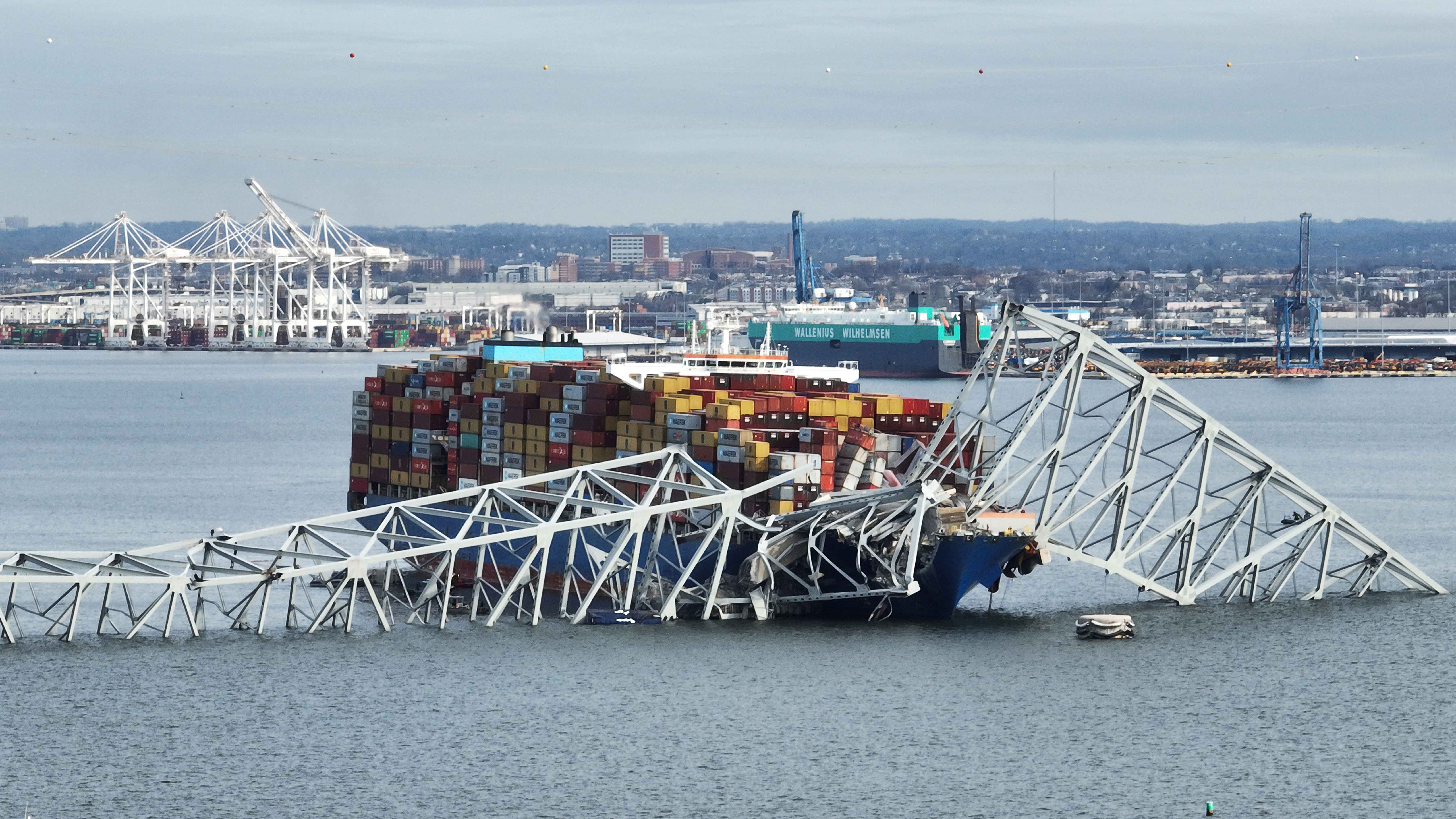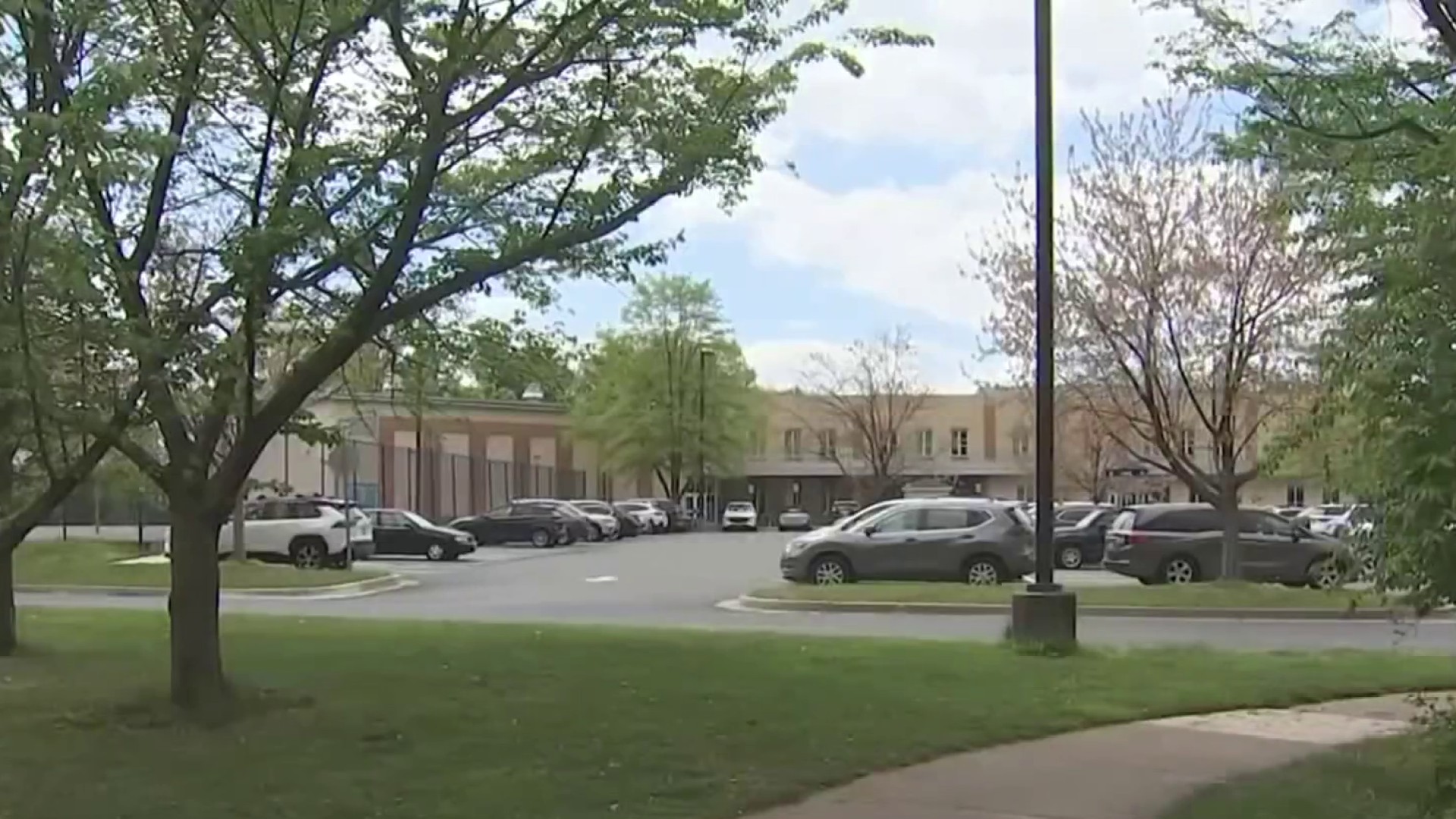Did we say bad? Yes, we did. Bad.
Way back in 1978, the residents of Reno Road got fed up with commuters, speeding cars and trucks along their winding road in Northwest Washington.
The residents organized teams of neighbors to drive the two-lane road at the 25 mph speed limit, just 15 mph near schools. It got attention, and in 1980, Reno got some traffic-calming help, and later, turn lanes.
We thought of Reno Road this week when The Washington Post reported on the crush of cars roaring down Cathedral Avenue because Rock Creek’s Beach Drive is now closed for three years. The race track atmosphere means residents can’t walk children or dogs, and mail carriers risk their lives crossing the street.
All this was in part because the D.C. Department of Transportation covered stop signs to speed detour traffic. The stop signs were installed years ago to slow the traffic. Now, after an angry community meeting, the stop signs are returning.
But the larger issue is the growing morass that is traffic all over the nation’s capital.
The mayor has pointed proudly to this growing city, but the Notebook could see our inability to handle traffic becoming a potent political issue.
Local
Washington, D.C., Maryland and Virginia local news, events and information
Whether it’s the three-year closing of Beach Drive, which daily is forcing 30,000 vehicles onto side streets, or the shutdown of Metro lines, or the failure to enforce rush-hour parking and other traffic-calming problems, there is a serious problem. The routine blocking of lanes ignoring rush-hour signs is so common it’s almost comical.
A Transportation Department spokesperson said the agency is working “around the clock” to keep traffic flowing; is hiring more traffic aides; and is updating technology. He said the agency is working with the Department of Public Works (the enforcement arm) “to penalize those who disobey our laws.” And finally, he said his agency has a forthcoming “comprehensive multimodal congestion management study” due out soon.
Pick your area for problems. Your Notebook on Monday morning was on 12th Street NW, northbound from Pennsylvania Avenue. We counted seven out of eight city blocks that had illegally parked cars and/or trucks and buses. Just south of Pennsylvania Avenue, cars and trucks parked in the rush-hour curb lane along the Trump International Hotel. No tickets, no enforcement, no towing. They’re there every morning.
On Saturday before sunset on Capitol Hill near 4th Street SE, a large 18-wheeler was doing a major unloading while parked in the left-hand traffic lane of Pennsylvania Avenue. We watched two police patrol cars blithely pass by.
Smart drivers know to avoid New York Avenue at North Capitol most any time of the day. Back across town at the 9th Street tunnel, there is a daily, angry double-lane game of chicken and cut-ins as afternoon drivers try to squeeze onto the Southeast-Southwest Freeway and 14th Street Bridge. On Massachusetts Avenue NW eastbound at 7th Street near the Washington Convention Center, the slow crawl begins five blocks back at 13th Street.
On Saturday near Nationals Park (4th and M streets SE) as the nearby game ended, traffic snarled as a TCO (traffic control officer) stood on the northeast corner and seemed overwhelmed with pedestrians and traffic. When the frustrated driver waiting too long in front of me inched into the crosswalk, she yelled at him. I couldn’t hear the driver, but the TCO yelled back, “I know what I’m doing!”
Don’t even ask about I-295 north or south. The fact is there are bottlenecks and backups all over the city’s main arteries.
Reporters keep hearing that downtown traffic signals are almost all re-timed. We’re told the TCOs are staffing key rush-hour intersections. We’re told double-parking, rush-hour parking and traffic rules are being enforced. But several truck drivers tell me tickets, if given, are just a cost of doing business because the trucks are not made to move. And despite suggestions that enforcement is being done, utility, construction and other work crews boldly block lanes, ignoring rush-hour signs.
What many drivers see is that the District is losing control of the streets, especially during rush hours. Ward 2 D.C. Council member Jack Evans said it simply the other day: “The streets of Washington are in gridlock these days.”
■ “Mouth-off” politics update. Violent crime has been many a mayor’s political undoing. Mayor Muriel Bowser’s team sees it as a potential threat to her 2018 run for re-election.
A few weeks ago, Bowser and her administration were stunned and angry. D.C. Superior Court Chief Judge Lee Satterfield had blasted Bowser for her criticism of courts and prosecutors not being tough enough on violent criminals. “I for one am exhausted hearing her mouth off politically,” Satterfield wrote in an email to Kevin Donahue, deputy mayor for public safety. Satterfield threatened to “start speaking out about it.”
The normally mild-mannered Donahue responded aggressively, objecting to Satterfield’s “taunting tone” and calling his email “offensive and condescending” to the mayor. Donahue added, for good measure, that it was “perhaps even sexist.”
The private but bitter exchange was disclosed by Washington Post columnist Colby King.
Fast-forward to last week. The mayor, federal prosecutors and D.C. Attorney General Karl Racine announced a sort of truce in the battle. Eight lawyers from Racine’s office will be detailed for six months to the U.S. Attorney’s Office to handle misdemeanor crimes while federal prosecutors focus on violent crimes. The mayor is spending $1 million to foot the bill.
It gives the mayor some political breathing room, but doesn’t dramatically change the law enforcement mix here. U.S. Attorney Channing Phillips will remain 100 percent in charge of his office.
Tom Sherwood, a Southwest resident, is a political reporter for News 4.



